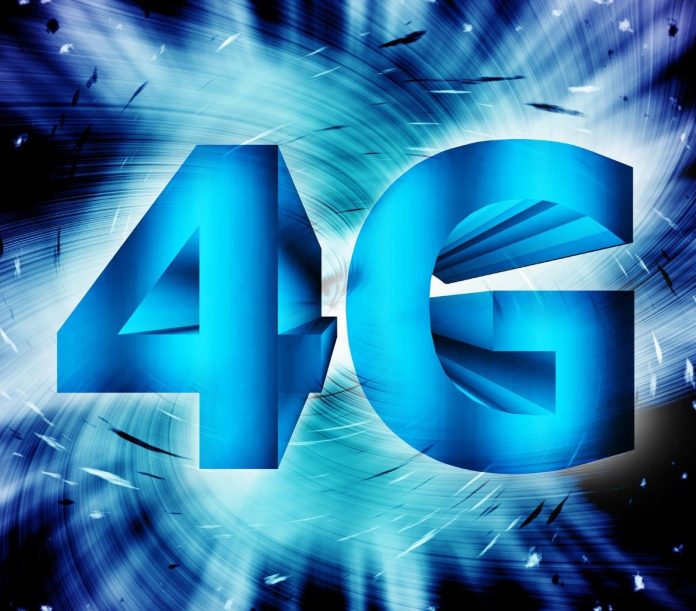INSTALLERS, integrators, end users and monitoring service providers will have plenty to think about when they attend Security 2018 Exhibition and Conference at the MCEC in Melbourne, July 25-27 (pre-register here).
We spend a bit of time trying to second guess market directions in the alarm and monitoring business and a big show like Security 2018 is a great bellwether for industry types. You can see where the money is being invested, where the industry leaders are pushing the business – you can even see the slowcoaches moving to conform with core trends.
Something else that’s interesting is that you can see those fringe companies long on MBA-style business planning and short on history throwing themselves at parts of the market they think are a sure thing – in this case that’s likely to be cloud solutions with self-monitoring. While that’s predictable, start-ups can be insightful, too. Looking at the industry in holistic ways allows them to see opportunities without the inertia of existing technologies and the goad of existing income streams blinding them to inevitable changes, as well as huge opportunities waiting to be picked off.
Established companies don’t have the luxury of blind-siding the market but they can learn from dreamers at the bleeding edge, taking advantage of good ideas to fuel the creativity of their own R&D teams and engineers. In my opinion, we’ve been seeing that a lot lately in the electronic security industry, in great part fuelled by the digital heart of many solutions. Once some one comes up with a brilliant idea it only seems to take a 12-month before that idea is washing through collective supply chains as manufacturers step-up and distributors bolster their suppliers list to block threats and seize opportunities. The electronic security is mature and being the oldest technology, the alarm and alarm monitoring sector is most mature of all.
There are clear trends that are increasingly obvious in the monitoring market. Video verification – whether optical or thermal. As more monitoring companies move to offer this capability on the back of enhanced infrastructure, improved images quality and bitrates, and better integrated monitoring platforms, you start to wonder why video verification is not ubiquitous.
Cameras – especially thermal cameras – are potentially by far the most capable sensors available and interesting and far-reaching core technologies like analytics are only going to push this capability further. Throw deep learning into the mix – essentially that’s the ability for a processing engine to learn from the past to polish its performance in the future – and it starts looking as if the future of alarm monitoring might be the future of video monitoring.
The smart home trend continues but in many ways it seems security manufacturers and certain competitors have carved out a new market niche in this area. Full blown home automation is a different beast from common wireless smart home solutions we see. Sure, they can do automation but beyond a certain complexity – by this I mean driving smart switches in wall sockets – their capacity for affordable home automation has limitations.
Thinking about the alarms market recently, I decided that while a modern wireless smart home system with multiple devices covering PIR, smoke, flood, CO2, reed, vibration, video intercom, camera and smart switches was obviously more capable than the LED-governed 8-zoner of the past, it’s far more a smarter security and safety system than it is a smart home automation system.
This thought was enhanced by reading a market research press release which hailed security as the killer app of smart homes. Fact is, most smart home systems are fundamentally digital security systems – especially when sold in the form most home owners are prepared to pay for. You’re not going to be driving hardwired lights or air conditioning, and the ability to interface with major appliances is limited to the capacity to turn them off by activating that cute little Z-Wave smart switch. Having the fridge order groceries from Coles? Yeah, but nah. At Galuzzo I get to squeeze the avocadoes.
Regardless of the distinction between smarter security systems and automated homes, visitors to Security 2018 are going to see plenty of very nicely developed wireless security and smart…home monitoring solutions. There have never been so many, so affordable, so functional. For mine, the ability to check in on a home or business premises via an app from any networked location is the best feature of most wireless smart home systems.
What about future trends? In our feature on thermal cameras in SEN’s July issue, some one made the pertinent observation that thermal technology is moving in 2 directions – towards higher quality through improved resolution and contrast and towards lower prices, with lower resolutions and just enough contrast. There are also additional players moving into the market, while existing players leverage their core technologies to offer enhanced performance across layers of functionality – integrated thermal and optical systems, as well as analytics in one affordable package.
Another opportunity pointed out was the fact that in more compact applications, lower resolution thermal cameras can confirm intrusion while giving personal privacy – you can see a person is there but can’t identify them. Using this sort of technology indoors with optical cameras at entries and external locations might just push aside user reluctance to install IP cameras inside their homes – frankly, it’s something I’d be reluctant to do and so would most of you. Thermal, with its ability to give a guaranteed catch of human intrusion, means that same reluctance doesn’t apply.
The final word on video verification as the gold standard for intrusion detection goes to WA Police, which recently wrote video verification into legislation governing licensing of firearms dealers in the state. If you want to renew your license, you must have a video verification system installed that’s professionally monitored by a (Grade 1A) security monitoring station. Period.











